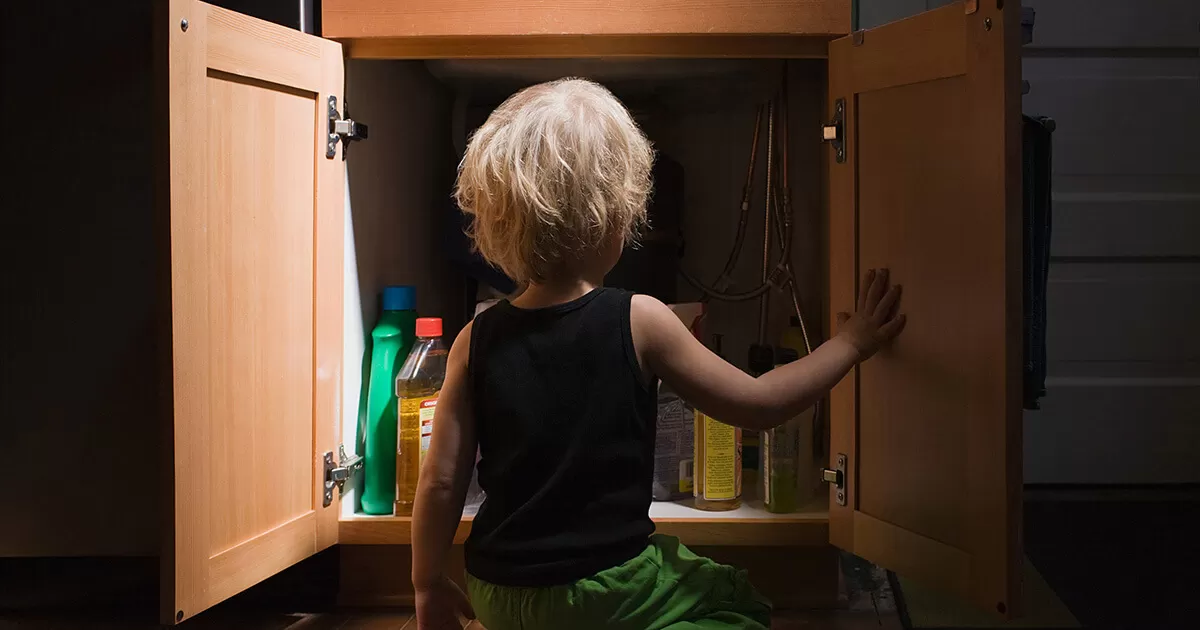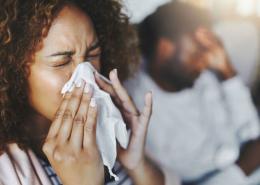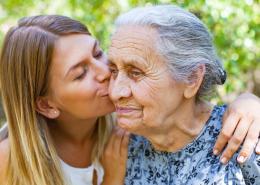Preventing Accidental Poisonings at Home

It’s always important to be aware of unintentional poisonings and to learn about poison prevention. Though many adults may not think a poisoning could happen to them or their children, many parents may not even be aware of what the dangers could be!
According to the Centers for Disease Control and Prevention, every 13 seconds, a poison control center in the United States answers a call about a possible poisoning with more than 90% of these exposures occurring in the home. Additionally, according to the American Academy of Pediatrics, each year, approximately 2.4 million people—more than half under age 6—swallow or have contact with a poisonous substance. These statistics are striking and emphasize the importance of learning about poison prevention and what to do if a poisoning should occur.
Important Tips to Prevent Accidental Poison Ingestions
It’s a good idea to always store all medicines and household products up and away and out of sight in a cabinet where a child cannot reach them. This includes your vitamins. Kids see things at eye level so keep them out of bottom lower cabinets, in the kitchen and bathroom, for example. For cabinets in reach of children, add safety locks. I often tell parents to get down on their hands and knees and crawl around to see what your children can get in to.
For convenience, some people keep medicines out for use later, but it is important to keep medicines out of reach after every use. As you may know, children can be quick, and it can take only seconds with your head turned for children to explore and find something to put in their mouth.
Additional tips to ensure poison safety include:
- Keep batteries, especially button-sized ones out of the reach of children. Make sure remote controls, including anything battery-operated (think children’s toys, or books) are well secured so your child cannot get to the batteries. If swallowed, batteries can cause injury to the esophagus, which requires immediate emergency attention.
- Never refer to medicine as candy! Children will try to get into these medicines even more.
- Leave cleaning products and poisonous products in their original containers. Putting them into soda bottles or other food containers can be risky and later mistaken for something else, which can cause an accidental poisoning to occur.
- Always put the medicine bottle caps on securely after taking medicine. Most caps are child-resistant, but it is important to ensure tops are on properly whether child-resistant or not.
- Keep medicines out of your diaper bag or purse. If they are in there, keep your bag out of reach of children. As parents, we all know toddlers especially love to explore mommy’s pocketbook!
Potential Hazards Around the House
Being aware of some of the potential dangers that can occur in your own home is important. These dangers can come in the form of household products including bleach, detergents, dishwasher liquid or cleaning products. Other chemicals to be aware of that can cause poisoning are pain relievers, makeup, personal care products and pesticides.
Carbon monoxide poisoning can occur at home. Think of poorly vented appliances or indoor use of grills. It is very important to install carbon monoxide alarms in your home and check at a minimum annually that they are still working.
Also, lead poisoning can occur especially in homes built prior to 1978, which may have been built with lead-based paint. Flaking paint or dust from the home may cause lead poisoning in children. If you live in an older home, remove any peeling paint that your child can get into. If there is dust, rinse your child’s toys frequently. It is important to identify any lead risks in your home and keep your children away from it.
What to Do If Exposed
If you think your child has been exposed to or has ingested something poisonous, first make sure there is nothing left in your child’s mouth or check to see if he or she has swallowed anything. Never try to have your child vomit. If the poison was acidic, you can do more damage to the throat. If your child is unconscious, not breathing, unusually sleepy, has experienced a seizure or any distress, call 911 immediately.
If your child is not having any symptoms or only mild symptoms, you can call the Poison Control Center (800-222-1222) for any poison emergency. They will ask you what poison the child may have been exposed to or swallowed, including how much, when it occurred and the age of the child who was possibly poisoned. Even if you are not sure exactly what happened, they can assist you on how to handle the potential poisoning. They will tell you what to look for and what to do depending on what the poison exposure or ingestion was.
I suggest keeping the Poison Control Center phone number in a place you can access immediately; put it on the refrigerator for you and family members to see easily, give it to your child care provider, and put it near or in all your phones and anywhere else you can retrieve it quickly.
Kids often love to explore and put everything in their mouth. So the things around the house can be a potential safety hazard if ingested. Whether your little one is starting to crawl, or your toddler is running around at grandma’s house, learning about poison prevention can help keep your little ones stay safe while they’re having fun!
Alison Mitzner, MD is a former practicing pediatrician and a Senior Director at Pfizer’s Worldwide Safety & Regulatory Operations.
References
- 1. Centers for Disease Control and Prevention. Poisoning prevention. Accessed March 2, 2016.
- 2. American Academy of Pediatrics. Poison prevention and treatment tips national poison prevention week. Accessed March 2, 2016.
- 3. FamilyDoctor.org. Child safety: Keeping medicines out of reach. Accessed March 2, 2016.
- 4. National Capital Poison Center. NBIH button battery ingestion triage and treatment guideline. Accessed March 2, 2016.
- 5. What to Expect. Accidental childhood poisoning. Accessed March 2, 2016.
- 6. Centers for Disease Control and Prevention. Lead poisoning: Words to know from A to Z. Accessed March 2, 2016.
- 7. Mayo Clinic Staff. Poisoning: First aid. Accessed March 2, 2016.





